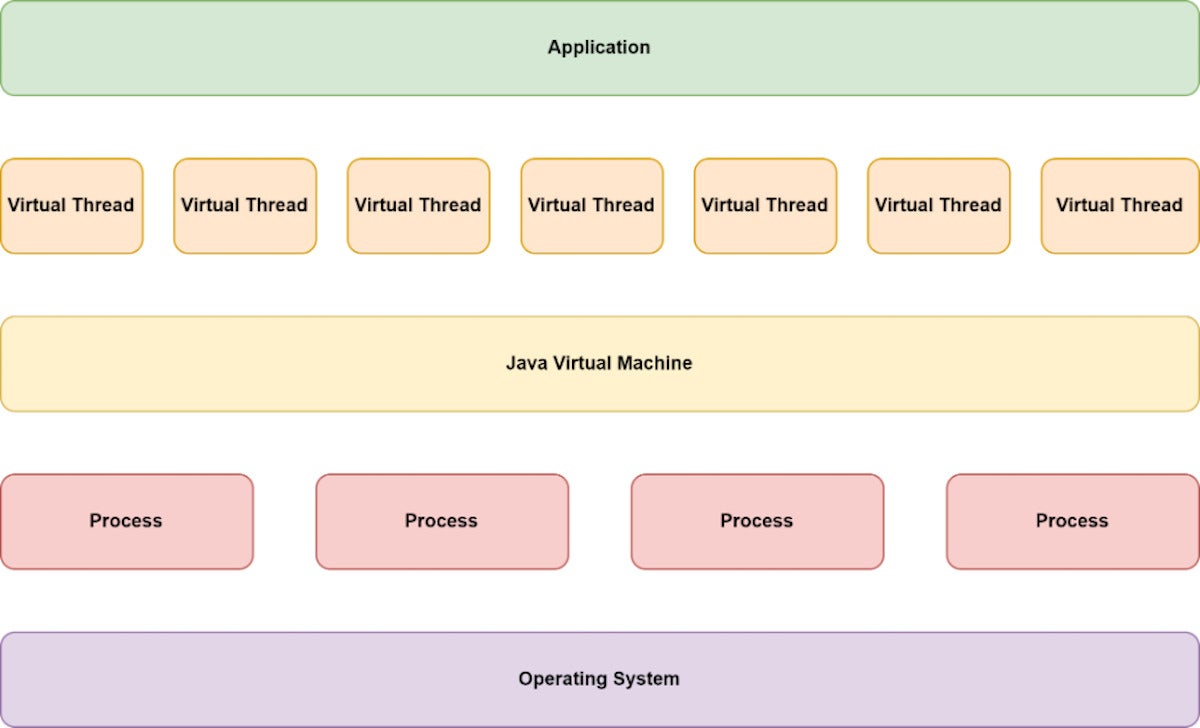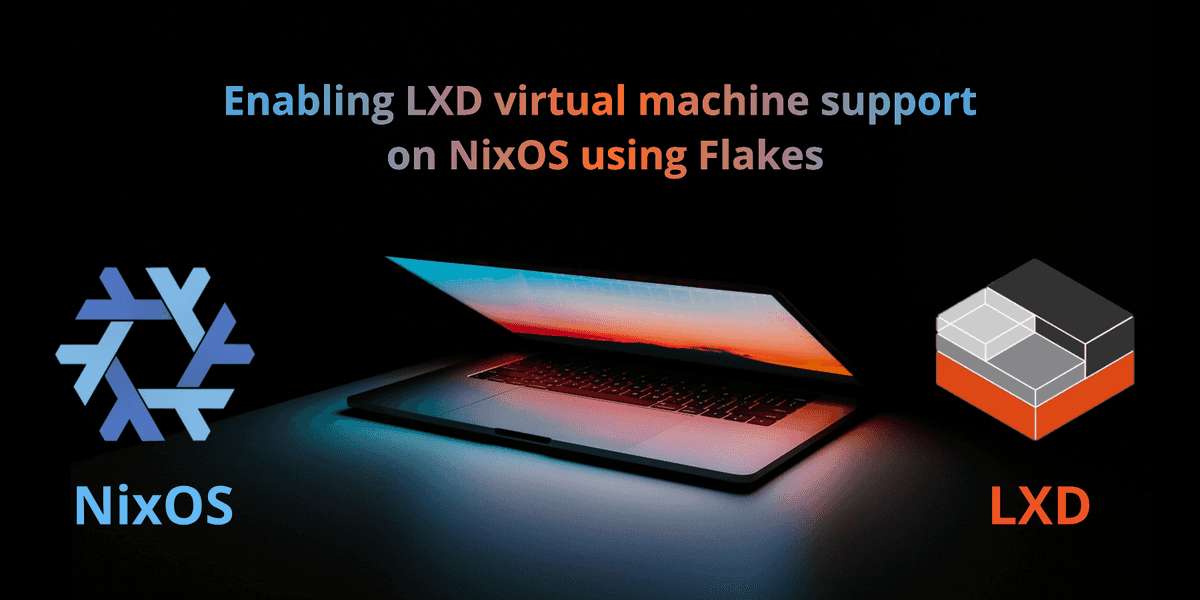One of the most much-achieving Java 19 updates is the introduction of virtual threads. Virtual threads are aspect of Venture Loom, and are obtainable in Java 19 as a preview.
How digital threads perform
Virtual threads introduce an abstraction layer amongst functioning-program procedures and application-stage concurrency. Said differently, digital threads can be employed to program duties that the Java virtual equipment orchestrates, so the JVM mediates between the functioning process and the method. Figure 1 displays the architecture of virtual threads.
 IDG
IDGDetermine 1. The architecture of virtual threads in Java.
In this architecture, the software instantiates virtual threads and the JVM assigns the compute resources to handle them. Contrast this to standard threads, which are mapped specifically on to functioning procedure (OS) processes. With conventional threads, the software code is dependable for provisioning and dispensing OS resources. With digital threads, the software instantiates virtual threads and thus expresses the require for concurrency. But it is the JVM that obtains and releases the methods from the operating system.
Digital threads in Java are analogous to goroutines in the Go language. When making use of digital threads, the JVM is only ready to assign compute resources when the application’s digital threads are parked, that means that they are idle and awaiting new work. This idling is prevalent with most servers: they assign a thread to a ask for and then it idles, awaiting a new function like a reaction from a datastore or further input from the network.
Utilizing typical




